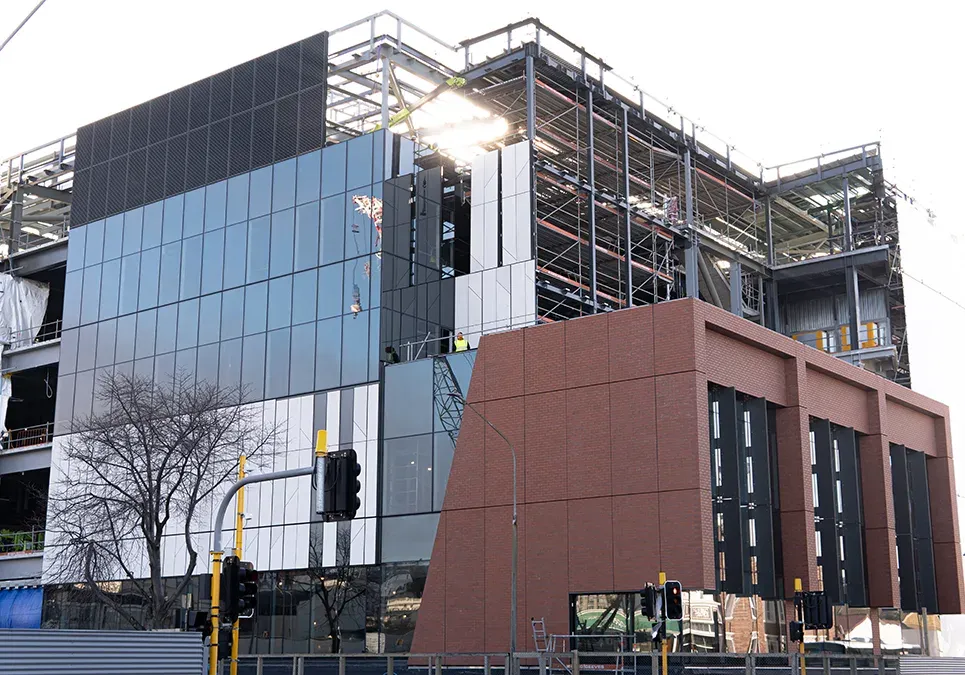- Government says current $1.88 billion budget for Dunedin Hospital project is insufficient.
- Ministers are considering reducing hospital scope or staging development to manage costs.
- Key services like pathology lab and car parking were not included in initial cost estimates.
The planned redevelopment of Dunedin Hospital could cost up to $3 billion, according to the government, which says this amount is unaffordable. An independent report found that the project cannot be delivered within the allocated $1.88 billion budget, leading ministers to consider reducing the scope or completing the project in stages.
Related: Dunedin Residents Say No To Hospital Cuts
Infrastructure Minister Chris Bishop stated that the revised estimate could be several hundred million dollars more than the initial budget and did not include critical services like a pathology lab, existing site refurbishment, or car parking. If it reached $3 billion, Dunedin Hospital would become one of the most expensive hospitals ever built in the Southern Hemisphere.
Bishop acknowledged the pressure to balance funding across regional hospitals and stated that necessary upgrades in other areas could be at risk if Dunedin's project exceeded the budget. He described the project as "problematic" and explained that the government was being transparent in communicating the challenges.
Health Minister Shane Reti shared his frustration, noting issues with the project from its inception. While he defended the previous promises made during the election, he emphasised that the current situation reflects updated information and increased costs.
Blake Lepper, head of infrastructure delivery for Health New Zealand, assured that the outpatient building remained on track for completion by 2026. However, he did not confirm whether inpatient services would face delays.
The government offered two potential solutions for the project: reducing the scope, such as lowering the number of floors or delaying some areas' fit-out, or taking a staged approach that includes refurbishing existing buildings on the hospital site. Both options aim to keep the project within the $1.88 billion budget.
Originally, the project was allocated $1.59 billion, with an additional $290 million added due to cost pressures. Despite these adjustments, the overall cost could nearly double. This increase is largely attributed to unforeseen complications such as contaminated land, flood risks, and the challenging location of the site, which contributed to rising construction costs.
While construction has already started, with the outpatient building expected to open in 2026 and the inpatient building by 2029, uncertainty around funding and completion remains a pressing concern.

